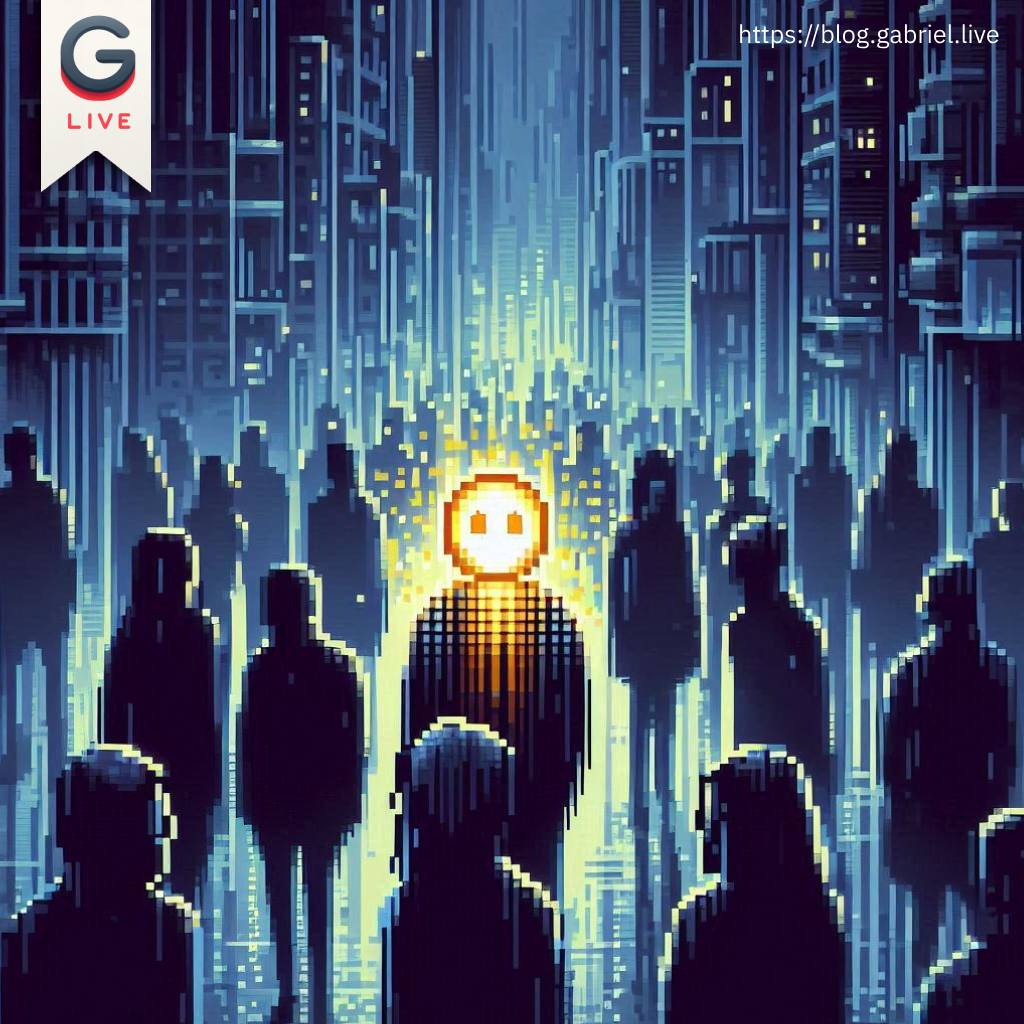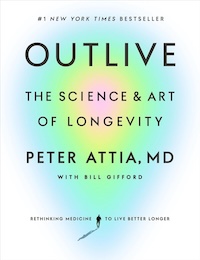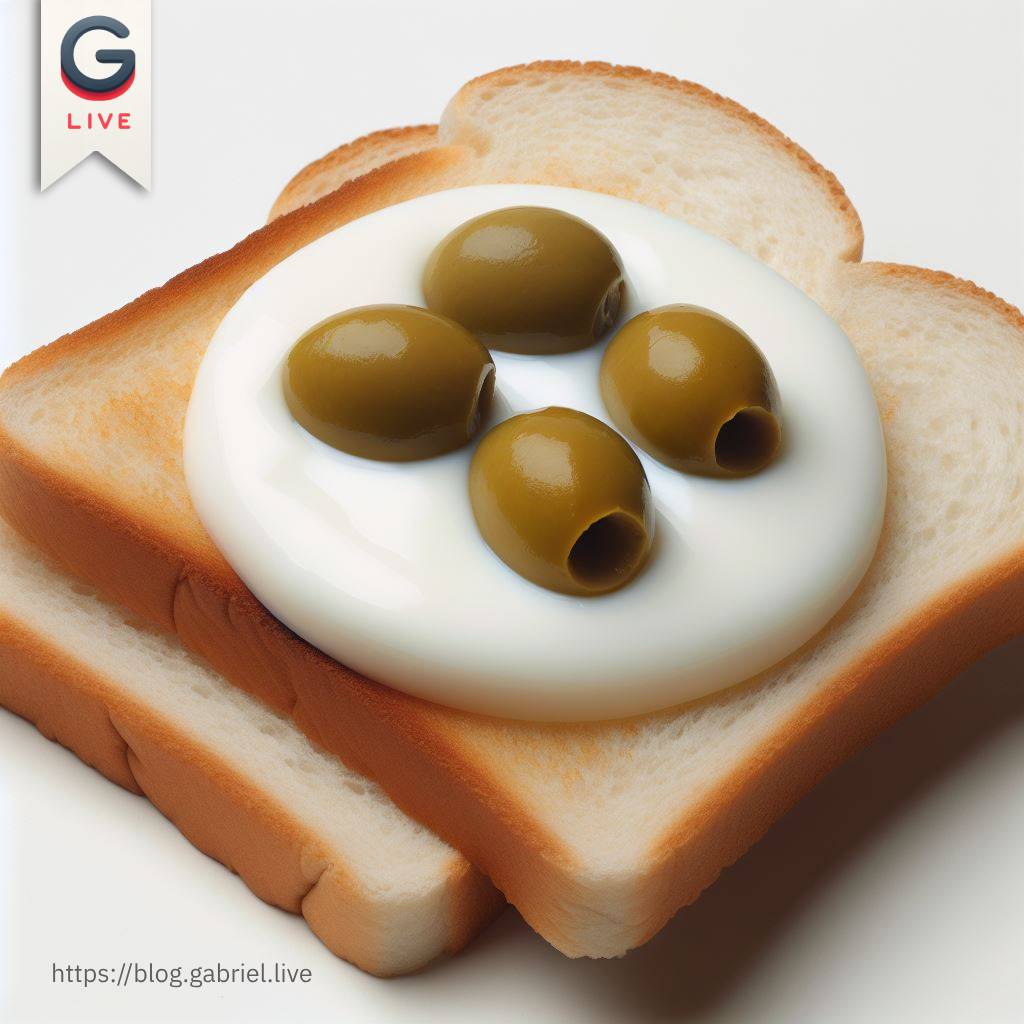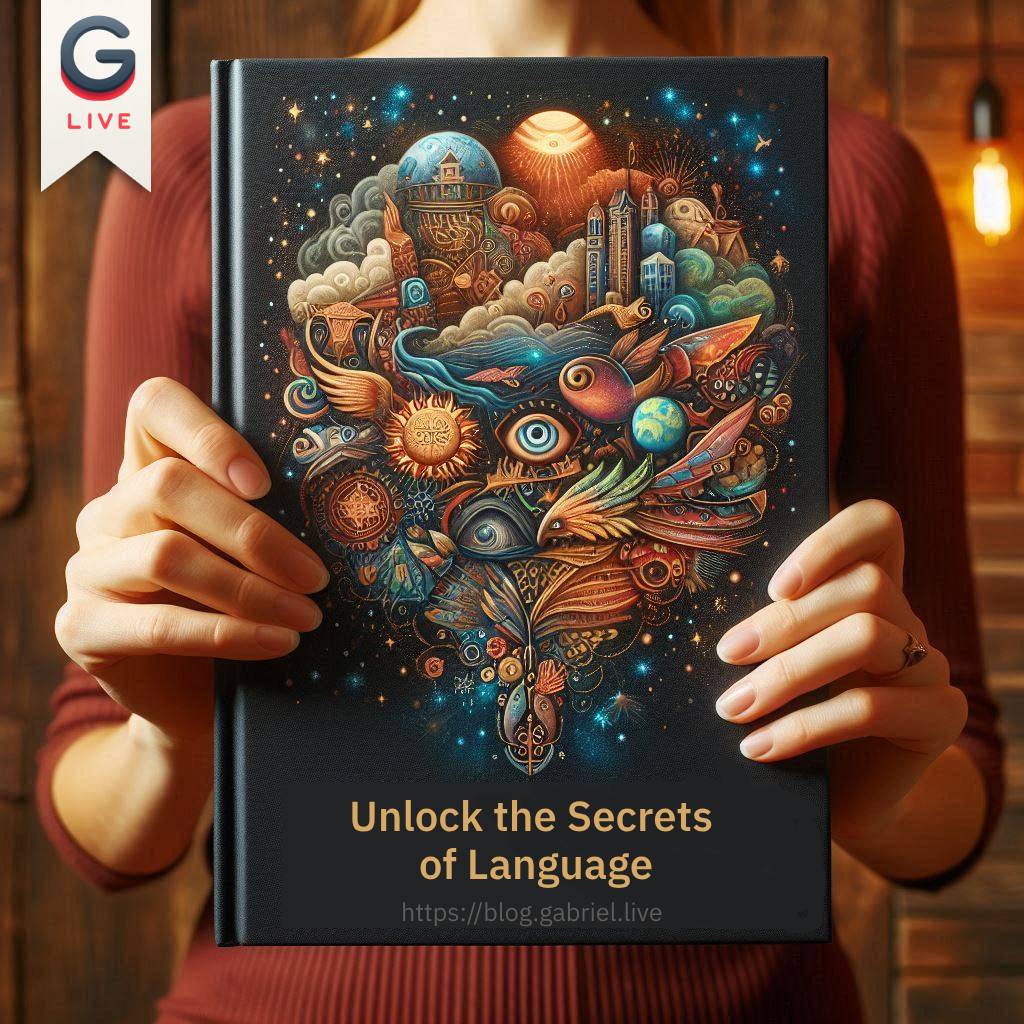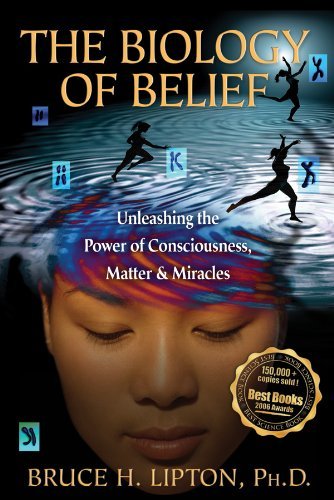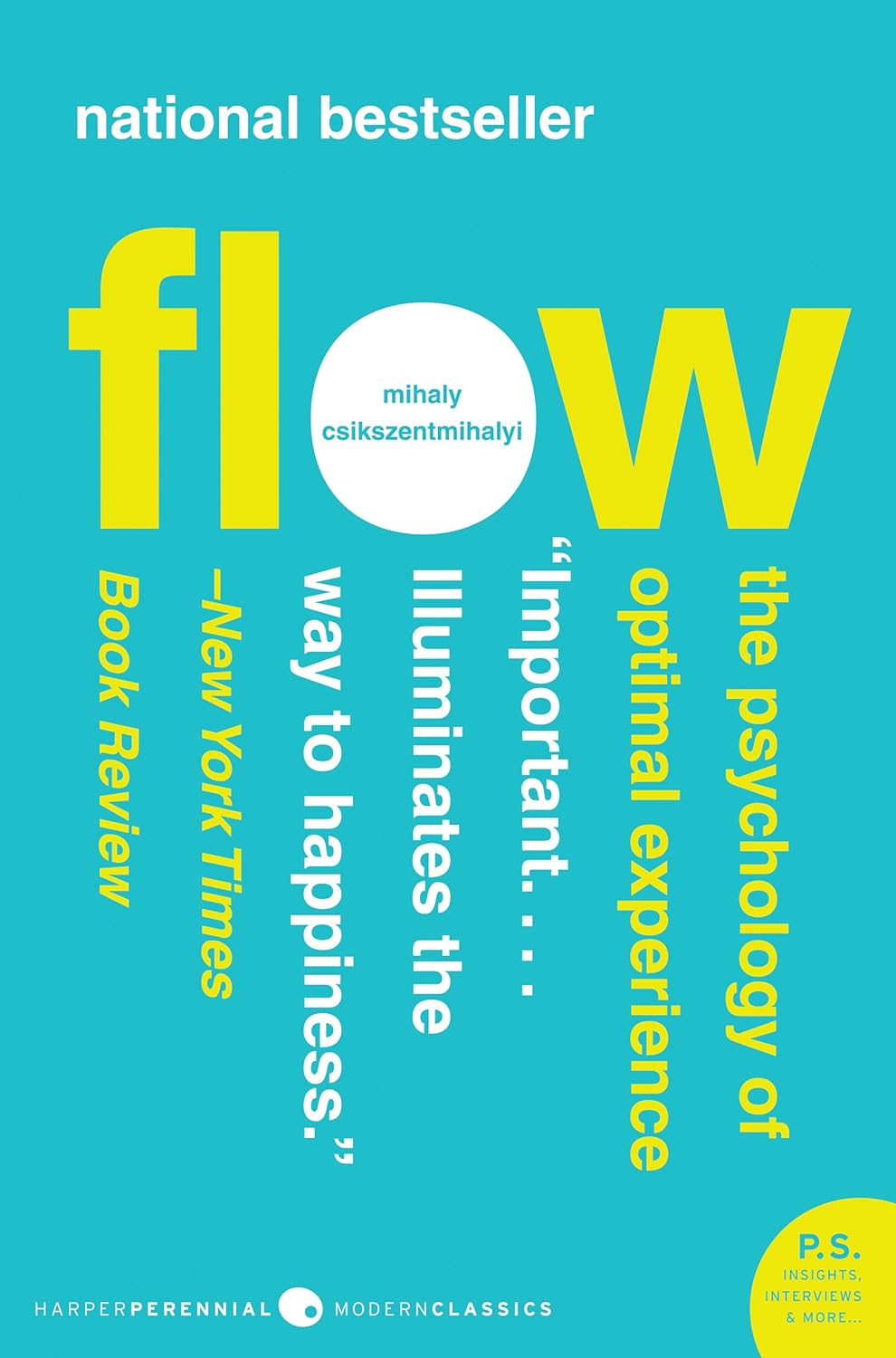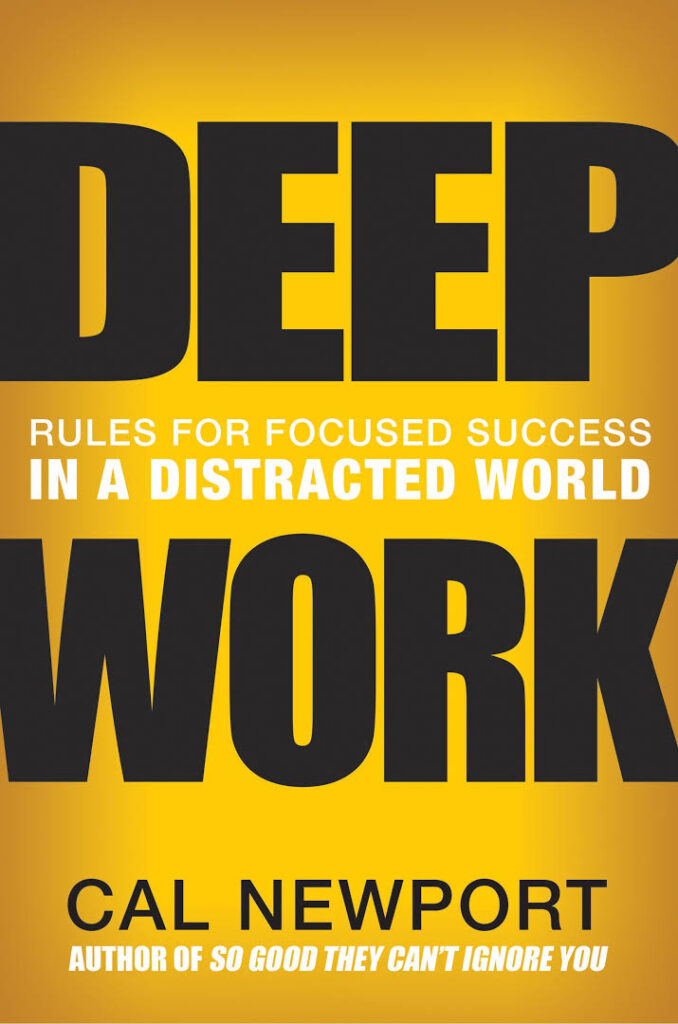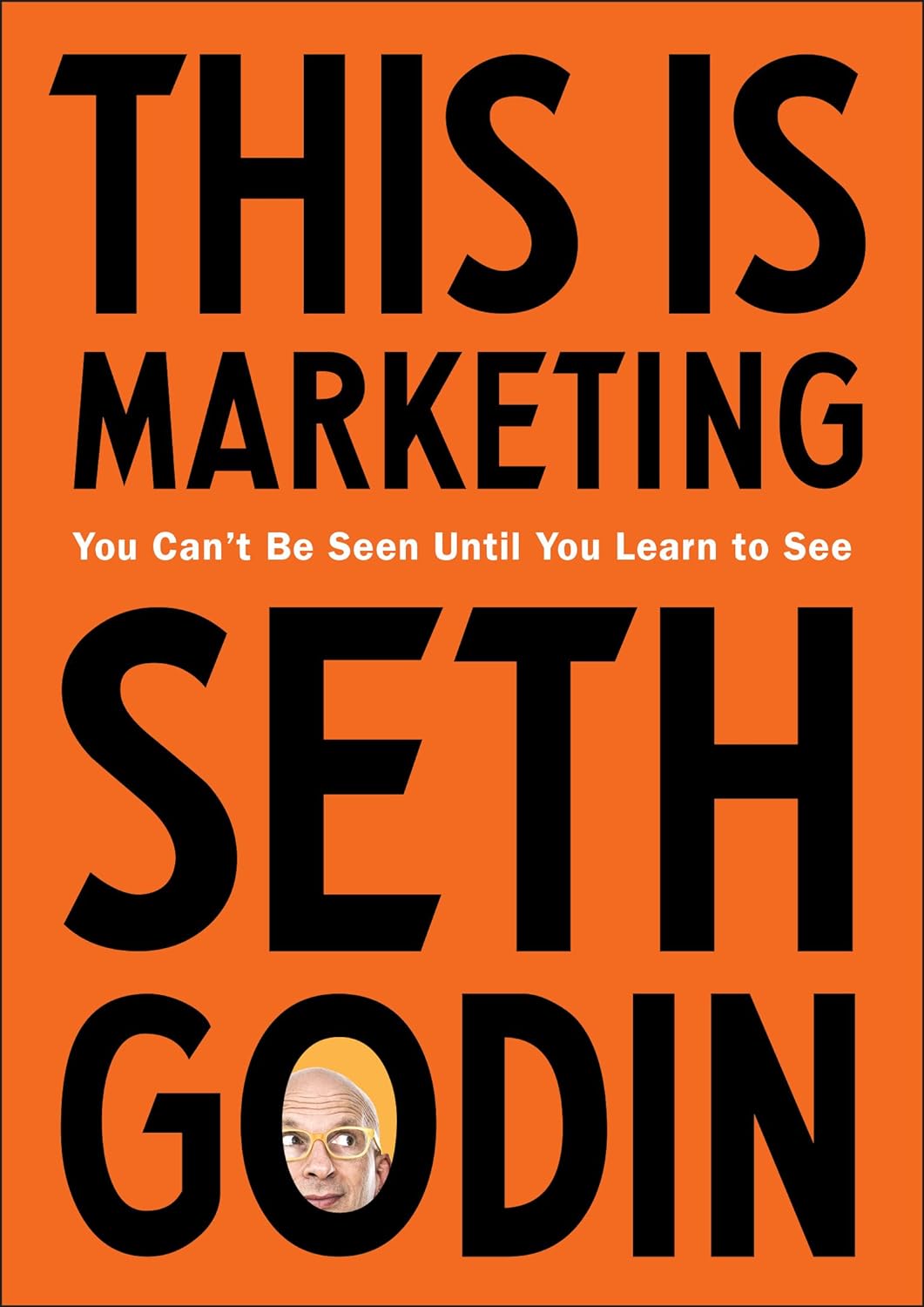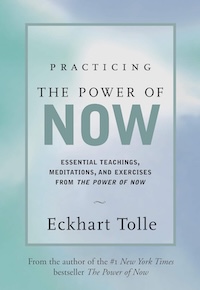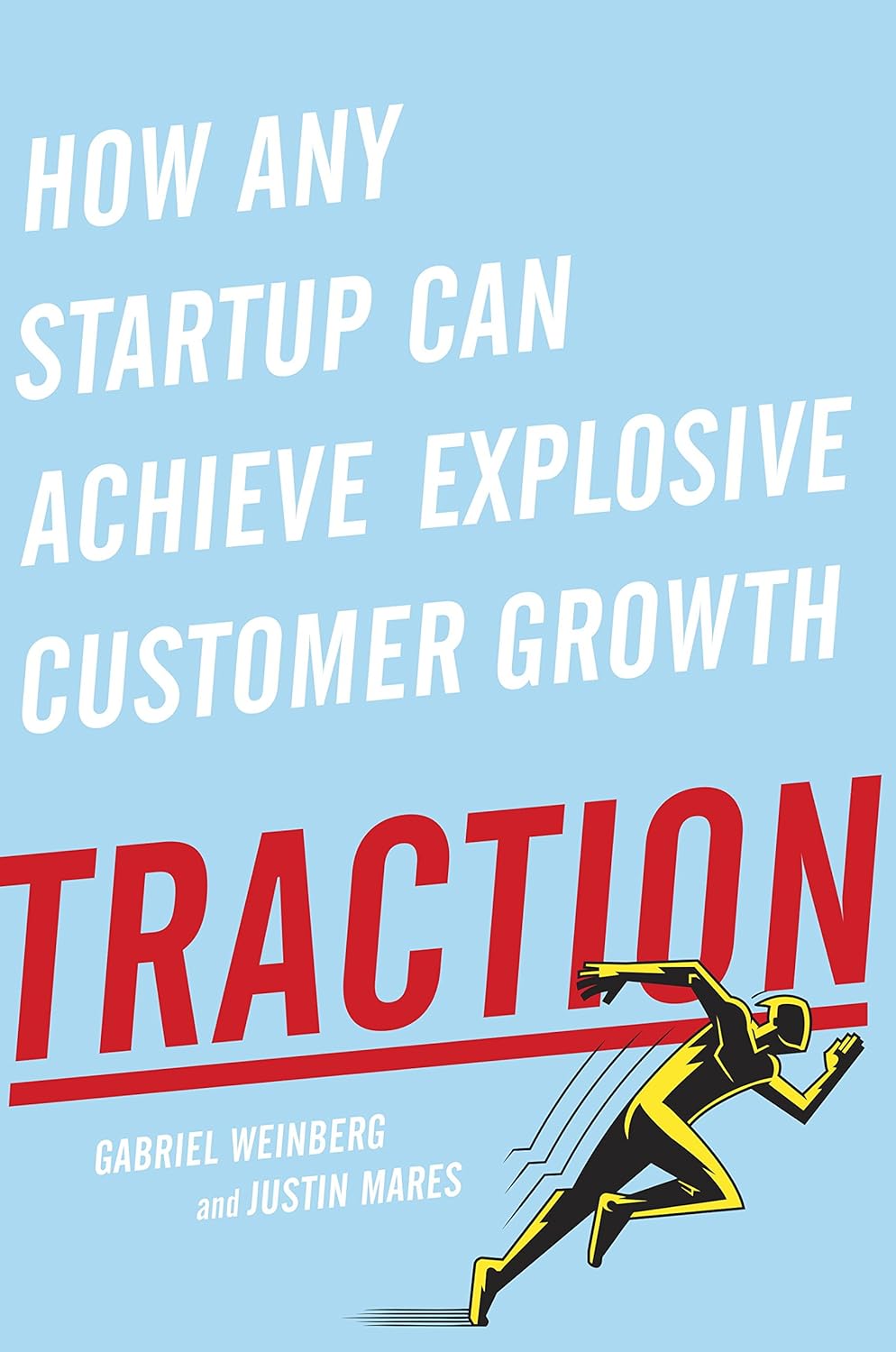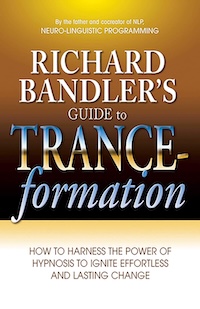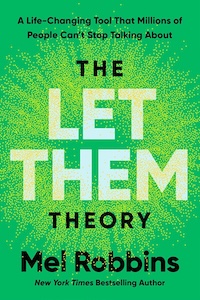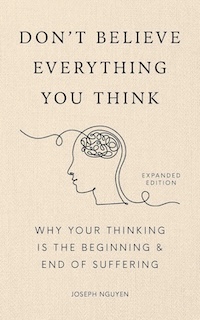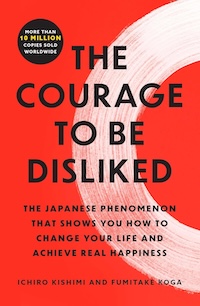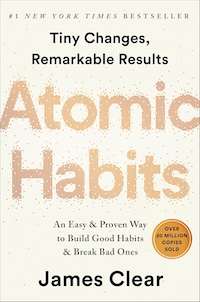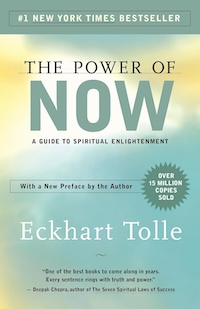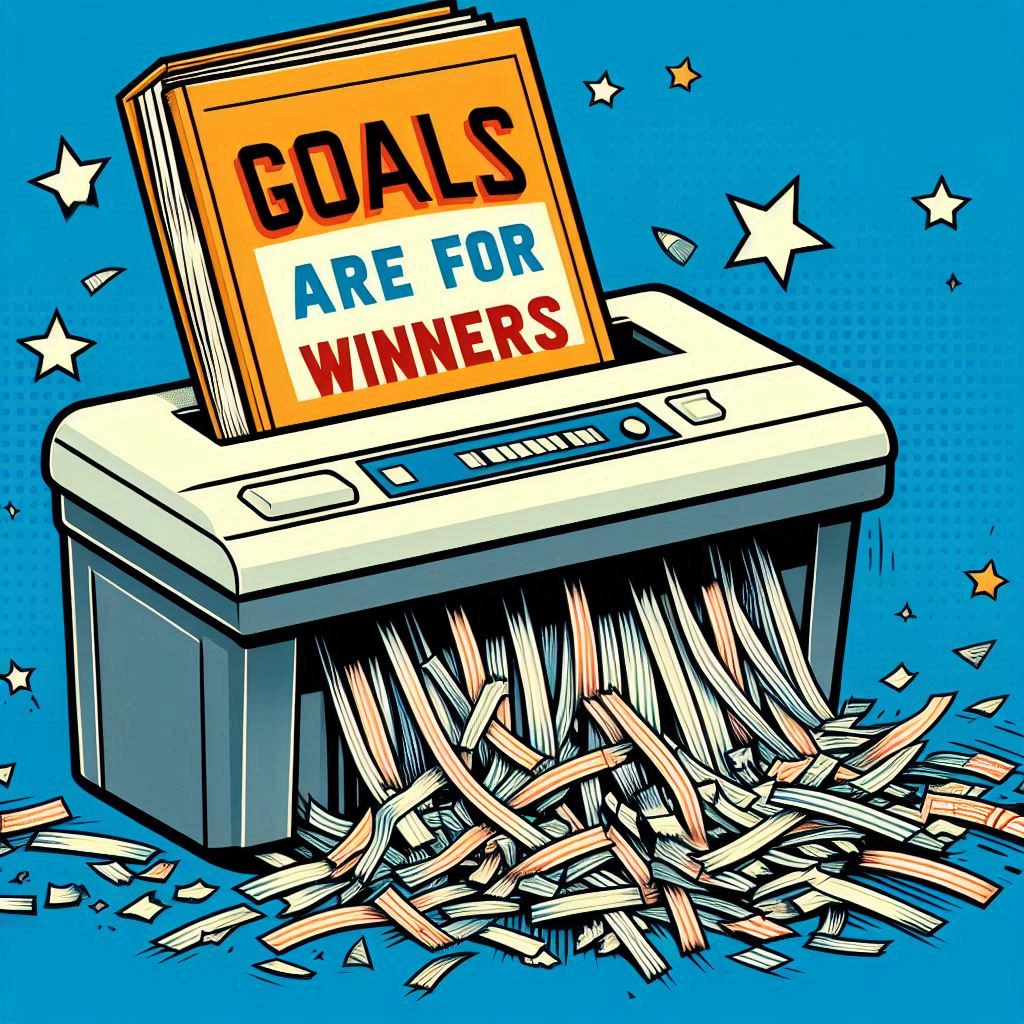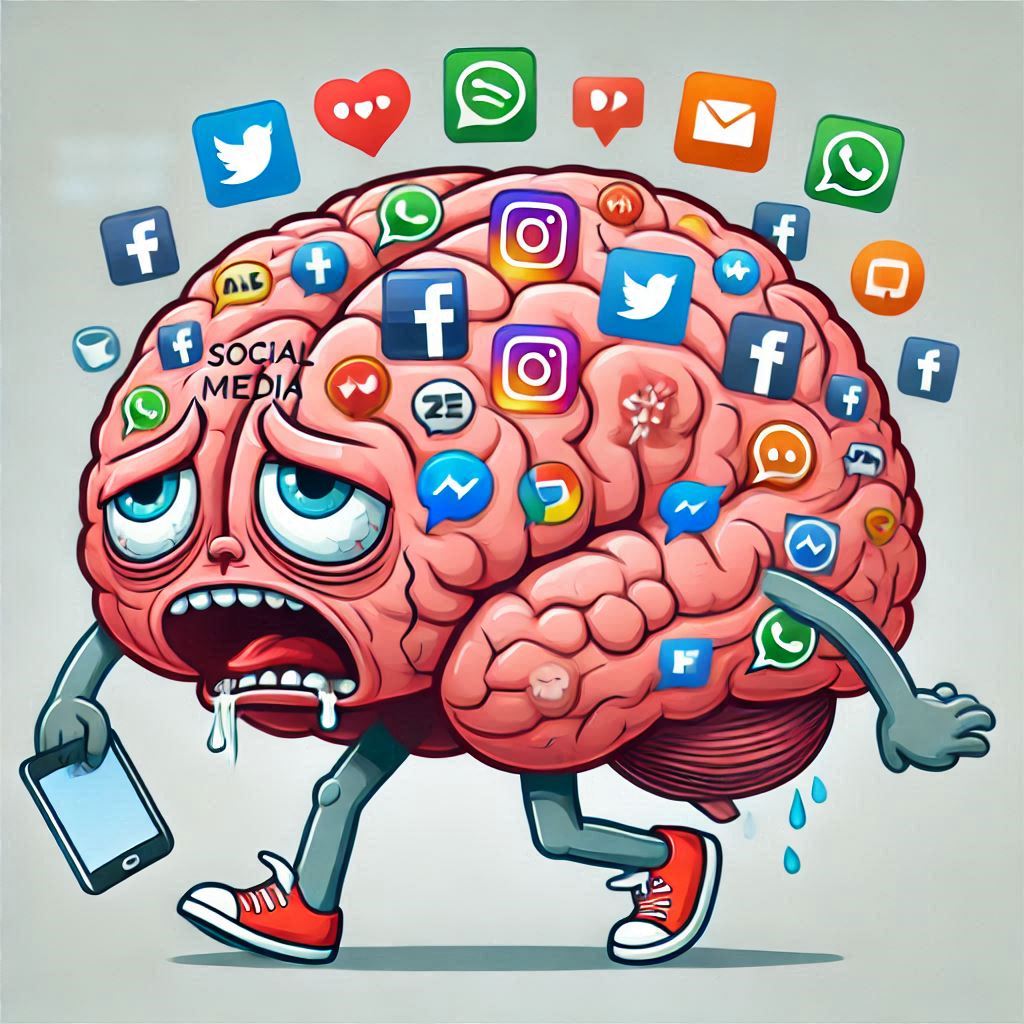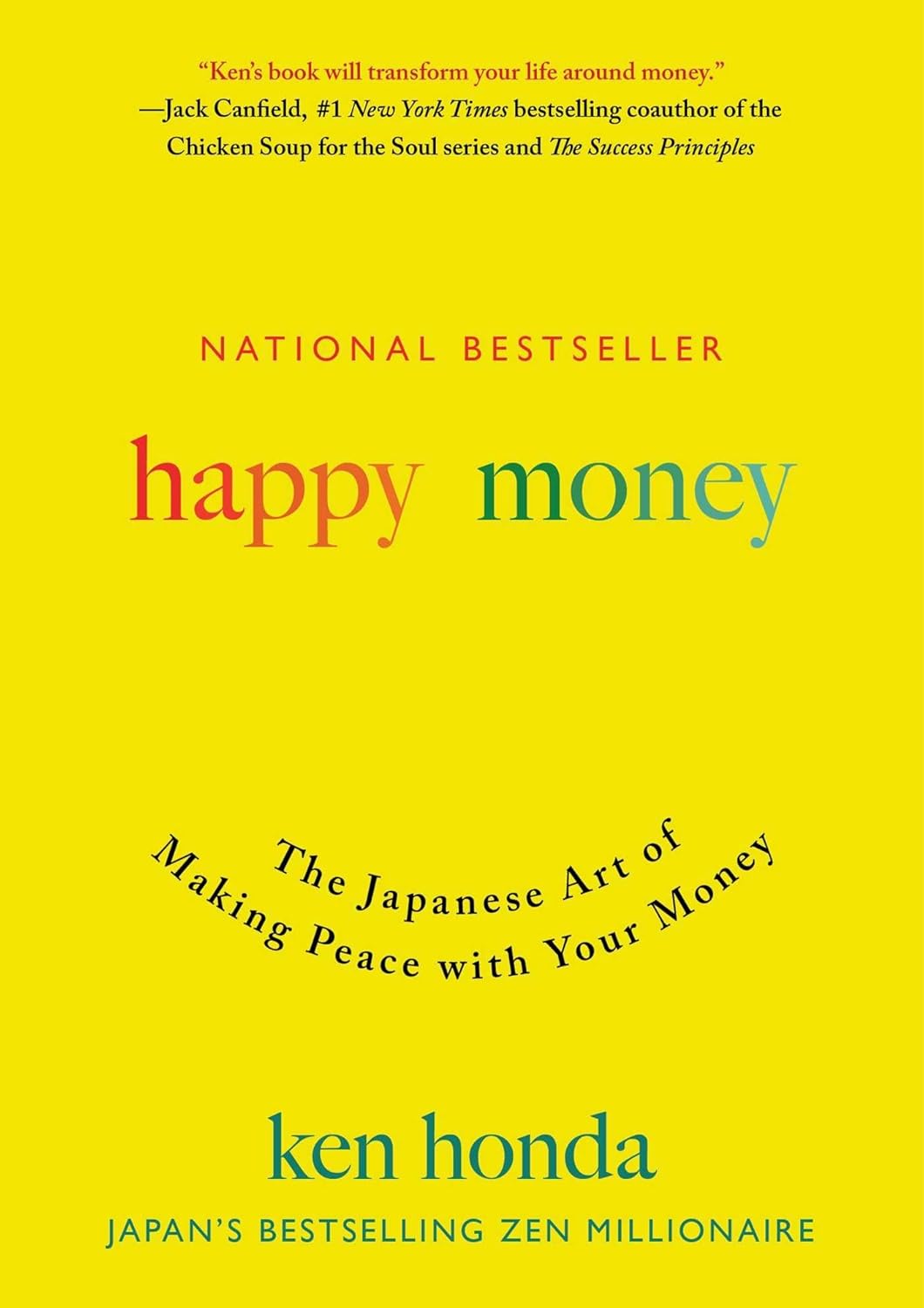In a world that often rewards simply showing up, it’s easy to get lost in the crowd. We’ve all experienced environments where things seem to drift along, fueled by a quiet expectation of nothing much happening.
But what if you could cut through the noise, not with grand gestures, but with consistent, proactive steps? In this post, we’ll explore why taking initiative – even in small ways – can be a powerful differentiator. Because in a sea of passivity, even a ripple of proactive effort can make you stand out and drive real results.
What you’ll find inside:
Dead Internet Theory
So you might already have read this before: the internet is dead. This is at least a theory that is discussed for several years already.
The Dead Internet theory claims, that the majority of online activities is generated by bots rather than human interactions. Around 2010 people started to notice, that the majority of online traffic is generated by bots. This is for example search engine crawling websites or spambots flooding your inbox with unwanted advertisement. While it was easy to spot bot content in the early day, this game changed even more dramatically with the introduction of AI impacting not only your inbox but also all major social media platforms. This lead to the conclusion that the internet is not as real or interactive anymore.
But this post is not about AI and how you can use it for your personal benefits to shine online. The Dead Internet theory is merely a reflection of our society with an important underlying principle.
Pareto principle
The pareto principle was named after Vilfredo Pareto, an Italian economist. He observed that approx. 80% of Italy’s land was owned by about 20% of the population. While the ration can vary, the core idea is that a large portion of results often accounts to a small portion of causes.
This relates very well to the dead internet theory in many aspects. Be it user engagement where on any given platform, only a small percentage of users might generate the majority of discussions, feedback, and interactions. Similarly, a small percentage of creators produce the bulk of viral or impactful content.
The Dead Internet Theory and the Pareto Principle together illustrate that they often set the stage for a small but significant proportion of people who are the cause of many influential aspects of our life and beliefs. Understanding this dynamic can help not only in the online world.
Is it dead yet? A case for Dead Collective Theory
Let us experiment with both, by combining the Pareto Principle with the Dead Internet Theory and postulate the “Dead Collective Theory”. In this theory we suggest that in the real world only a small percentage of individuals may be responsible for driving significant collective changes. Yeah you might have realized that already, but there is more to that:
To some extent real life has become similar to what we experience online, so let’s face it: most of us choose to become consumers rather than produce or complete tasks ourselves, even if we have the capability to do so.
Cooking vs. eating out, driving vs. uber, handwerker vs. DIY, consuming via social media instead of searching for blogs to read. We often prioritize convenience, quality, and efficiency by consuming services instead of producing or completing tasks
independently.
How many of you are capable of navigating with a map and compass? But why should you anyways, there is an app for that. In some aspects of our lifestyle, the dominant habit of consuming has caused the majority of the collective to lose certain knowledge, centralizing it instead within a few individuals
By know you might already have a hint, where I am heading towards: your chances of being the one-eyed among the blind.
A huge potential for your success in life
If most of the collective is consuming and therefore passive, even the smallest initiative to take action will let you stand out the masses. Reaching the absolute peak involves various elements and is worth a separate blogpost; however, surpassing the majority, to be one of the 20%, can be simpler than anticipated.
Learning to repair your bike is only a few YouTube videos away. From there general home improvement topics are an easy next step. It only takes some of your determination and willingness to try. Once you understood that, there is no limit to what you can learn. Each lesson you take, will compound: be it cooking, understanding the basics of quantum mechanics, file your tax reports.
The journey toward success begins with a single, crucial step—taking action and it is ok to scratch your need first, but share it with others. It’s essential to understand that merely starting is often more important than waiting for someone else to do it for you. You can initiate this process by engaging in actions, even if they seem random at first. This approach helps cultivate a mindset of openness and awareness, enabling you to identify problems around you that resonate with your personal drive to solve them.
Engaging in activities indiscriminately serves as an admirable starting point because it instills the habit of creating rather than consuming. As you immerse yourself in various tasks, regardless of their nature, you begin developing a proactive attitude. The real transformation occurs when these actions become intentional; that is, when you choose to engage in them with purpose and direction. This shift marks the true beginning of your ascent toward excellence.
To truly excel, it’s vital to make taking action a habitual part of your life. Consistency in this practice reinforces discipline and builds momentum, propelling you steadily upwards.
In conclusion, by consistently practicing intentional action, you create pathways to uncover opportunities and overcome challenges, steadily advancing toward the top.
Habits to get sh*t done
These aren’t revolutionary, but they’re reliable habits I use to persuade myself getting started. They work because they address common psychological barriers to productivity: procrastination and overwhelm.
The “5-Minute Kickstart”
Action: When you’re avoiding a task, tell yourself you’ll work on it for just 5 minutes. Set a timer. That’s it.
Why it Works:This bypasses the biggest hurdle: starting. Our brains often exaggerate how awful a task will be! 5 minutes feels manageable, even for things we dread. Once you start, momentum builds. You’ll often find you keep going past the 5 minutes because it’s not as bad as you thought. It’s about lowering the activation energy to get going.Think of it like pushing a swing – a little push gets it moving, and then it swings on its own.
The “One Thing Focus Day”
Action: Every day, identify one important thing you absolutely need to get done. Just one! Focus all your energy on completing that one thing.
Why it Works: Overwhelm is a productivity killer. Big to-do lists feel impossible. By focusing on one thing, you eliminate decision fatigue and create a clear target. Completing that one thing gives you a sense of accomplishment, which motivates you to tackle more. It’s about prioritizing and making progress, not trying to do everything at once. Small wins build up to big results.
Conclusion & Further readings
In an environment where passivity prevails, taking proactive initiatives, even small ones, allows individuals to stand out by leveraging their unique strengths and adding value through action and innovation.
- Fastlane Millionaire with the idea of becoming a producer.
- Experts Knowledge with the idea that everyone is an expert in something
